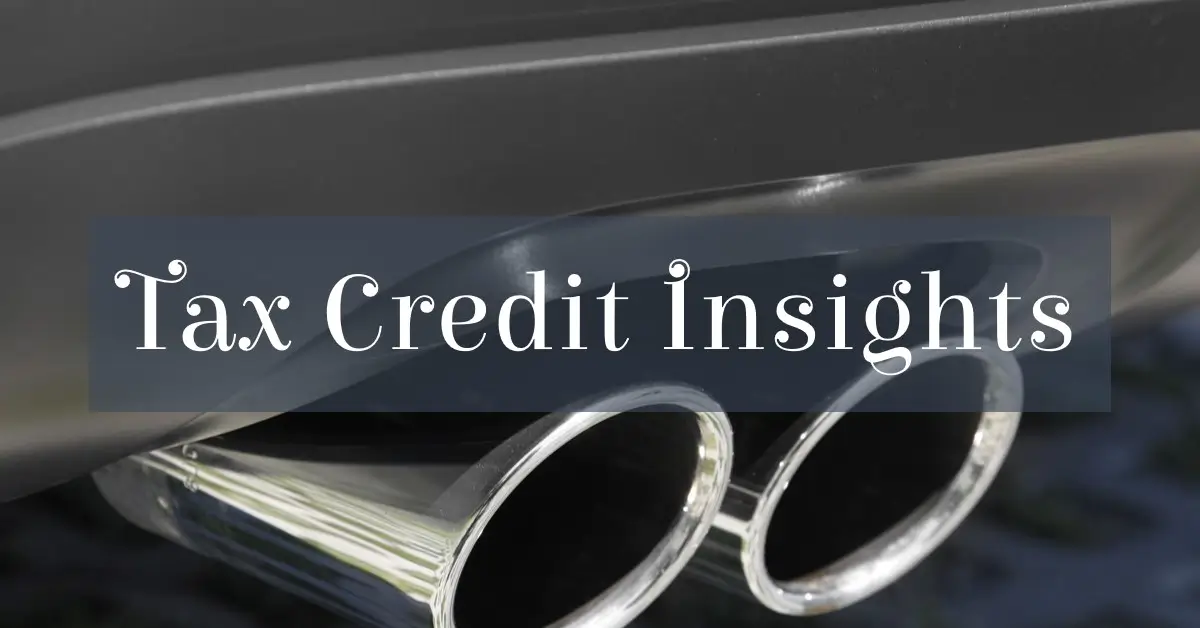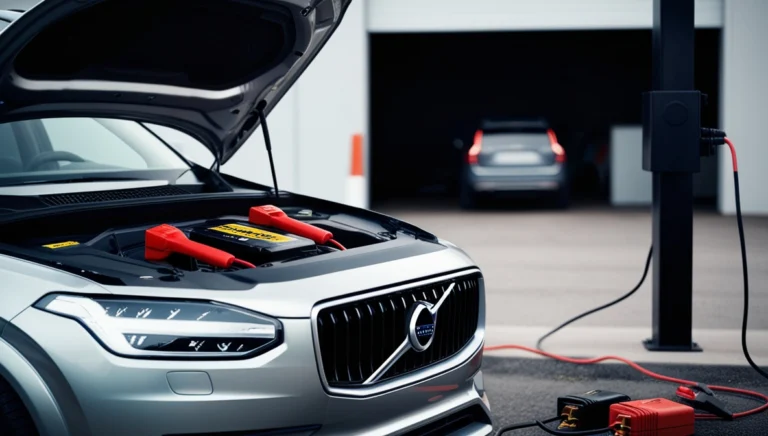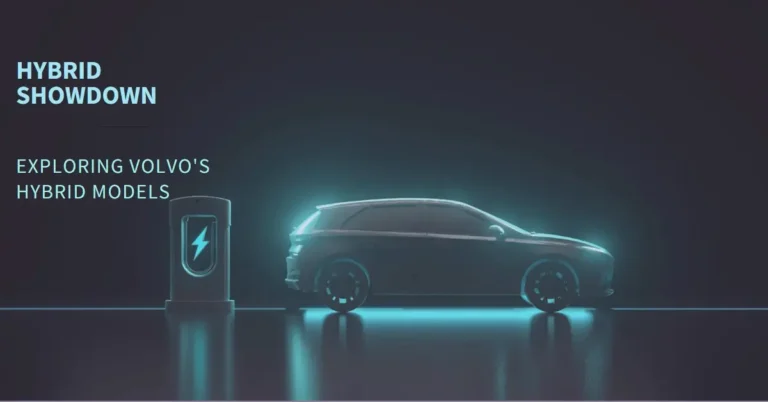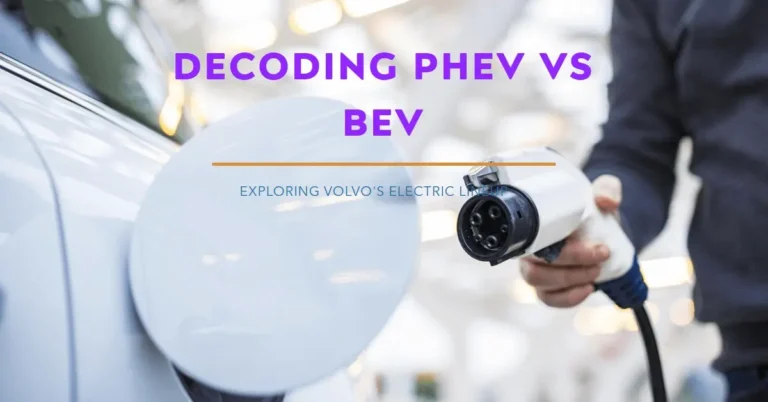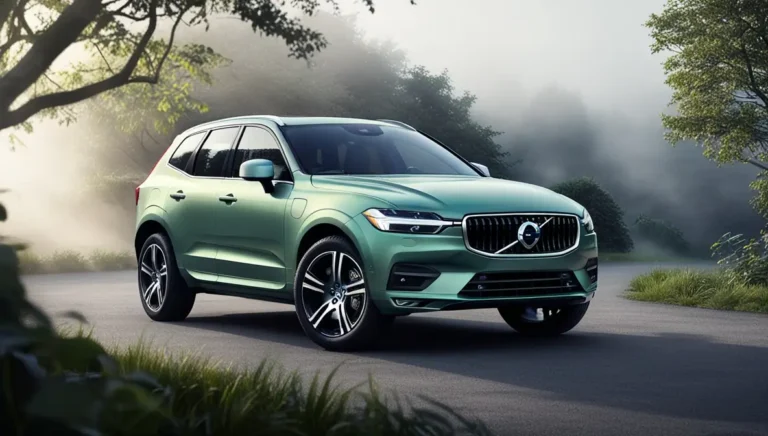Understanding the Federal Tax Credit for Electric Vehicles in 2024
The Federal Tax Credit for Electric Vehicles is a significant incentive designed to encourage the adoption of electric vehicles (E.V.s) in the United States. This comprehensive guide will walk you through the ins and outs of this tax credit, helping you understand how it works and how you can benefit from it when purchasing an electric vehicle.
What is the Federal Tax Credit for Electric Vehicles?
Definition and Purpose
The Federal Tax Credit for Electric Vehicles is a financial incentive offered by the U.S. government to promote the adoption of electric vehicles. This credit aims to make E.V.s more affordable for consumers, reduce greenhouse gas emissions, and decrease the nation’s dependence on fossil fuels.
The tax credit was initially established as part of the Energy Improvement and Extension Act 2008 and has undergone several changes since then. The most recent updates came with the Inflation Reduction Act of 2022, which introduced significant modifications to the program.
How the Credit Works
The Federal E.V. Tax Credit is nonrefundable, meaning it can reduce your tax liability to zero, but you won’t receive any additional money beyond that point. The credit amount can be up to $7,500 for new electric vehicles and up to $4,000 for used E.V.s, depending on various factors.
One of the most significant changes introduced in 2024 is the ability to transfer credit to dealerships at the point of sale. This new feature allows buyers to benefit from the credit immediately as a down payment or price reduction rather than waiting until tax time to claim it.
Eligibility Criteria for the Federal Tax Credit
Income Requirements
Buyers must meet specific income requirements to qualify for the Federal E.V. Tax Credit. These limits vary based on the type of tax return filed. The Modified Adjusted Gross Income (MAGI) for single filers must not exceed $150,000. Head of household filers have a limit of $225,000, while married couples filing jointly must not exceed $300,000.
It’s important to note that these income limits apply to the tax year you take delivery of the vehicle, not the year you place the order.
Vehicle Requirements
For a vehicle to be eligible for the Federal E.V. Tax Credit, it must meet several criteria. First, the final assembly must occur in North America. The vehicle must also have a battery capacity of at least 7 kilowatt-hours and a gross vehicle weight rating (GVWR) of less than 14,000 pounds.
For new vehicles, the Manufacturer’s Suggested Retail Price (MSRP) must not exceed certain limits. Vans, sport utility vehicles, and pickup trucks have an $80,000 MSRP cap, while other vehicles are limited to $55,000.
Additionally, starting in 2024, stricter requirements on battery components and critical minerals sourcing have been implemented to encourage domestic production and reduce reliance on foreign suppliers.
Which Vehicles Qualify for the Federal E.V. Tax Credit in 2024?
New Electric Vehicles
The list of eligible new electric vehicles can change annually as manufacturers adjust their production processes to meet the evolving requirements. As of early 2024, some of the vehicles that qualify for the full $7,500 credit include the Chevrolet Bolt EV and EUV, Ford F-150 Lightning (standard range), Tesla Model 3 Performance, and Tesla Model Y (All-Wheel Drive and Performance).
It’s crucial to check the most up-to-date list on the official FuelEconomy.gov website, as eligibility can change quickly.
Used Electric Vehicles
Used electric vehicles can also qualify for a tax credit of up to $4,000 or 30% of the sale price, whichever is less. To be eligible, a used E.V. must be at least two model years old at the time of sale and have a sale price of $25,000 or less. The vehicle must be purchased from a qualified dealer and not have been previously transferred after August 16, 2022.
Plug-in Hybrid and Fuel Cell Vehicles
Plug-in hybrid electric vehicles (PHEVs) and fuel cell vehicles can qualify for the tax credit if they meet the necessary criteria. For PHEVs, the battery capacity must be at least 7 kilowatt-hours. Some eligible PHEVs for 2024 include the Chrysler Pacifica Hybrid, Ford Escape Plug-in Hybrid, and Jeep Grand Cherokee 4xe.
While less common, fuel cell vehicles are also eligible for the credit if they meet the assembly and pricing requirements.
Changes in the 2024 Federal Tax Credit Rules
Point-of-Sale Credit Transfer
One of the most significant changes for 2024 is the introduction of the point-of-sale credit transfer. This new feature allows buyers to transfer their tax credit to participating dealerships, effectively reducing the vehicle’s purchase price at the time of sale.
The process works as follows: The buyer confirms their eligibility for the credit with the dealer, who then verifies the eligibility of both the buyer and the vehicle. The credit amount is applied as a down payment or price reduction at the point of sale, and the dealer then claims the credit amount from the government.
This change makes the credit more accessible to buyers who might not have enough tax liability to claim the full credit amount or prefer not to wait until tax time to benefit from the savings.
Tightened Battery and Manufacturing Restrictions
To promote domestic production and reduce reliance on foreign suppliers, the 2024 rules include stricter requirements for battery components and critical minerals sourcing. At least 50% of the value of battery components must be manufactured or assembled in North America. Additionally, at least 40% of the value of critical minerals used in the battery must be extracted or processed in the United States, a country with a free trade agreement with the U.S., or recycled in North America.
These percentages are set to increase gradually over the coming years, further encouraging domestic production and sourcing.
How to Claim the Federal E.V. Tax Credit
Step-by-Step Process
If you’re not using the point-of-sale transfer option, here’s how to claim the Federal E.V. Tax Credit: First, purchase an eligible electric vehicle and keep all relevant documentation related to the purchase. When filing your taxes, use IRS Form 8936 (Qualified Plug-in Electric Drive Motor Vehicle Credit). Finally, enter the credit amount on your Form 1040 (U.S. Individual Income Tax Return).
Documentation Required
To successfully claim the credit, you must provide several key documents. These include the vehicle’s VIN (Vehicle Identification Number), proof of purchase (sales contract or invoice), the manufacturer’s certification of the vehicle’s eligibility, and your tax returns for the year of purchase.
Common Mistakes to Avoid
When claiming the Federal E.V. Tax Credit, avoid common pitfalls. Don’t assume all-electric vehicles qualify for the full credit amount, and always check income eligibility. Verify the vehicle’s eligibility at the time of purchase and keep proper documentation. Remember that you can’t claim the credit for a leased vehicle, as the leasing company typically claims the credit.
Financial Impact of the Federal Tax Credit on E.V. Buyers
Total Cost Savings Analysis
The Federal E.V. Tax Credit can significantly reduce the overall electric vehicle cost. When combined with state and local incentives, the savings can be substantial. The federal credit offers up to $7,500, while state incentives vary widely, ranging from $0 to $5,000 or more. Many local utilities also offer rebates for home charging installation, typically ranging from $100 to $1,000.
For example, a buyer in California purchasing a $45,000 EV might save $7,500 from the Federal Tax Credit, $2,000 from the California Clean Vehicle Rebate, and $500 from a local utility rebate for home charger installation. This totals $10,000 in savings, reducing the effective cost of the vehicle to $35,000.
Case Studies
Let’s look at two real-life scenarios to illustrate the potential savings. For a 2024 Tesla Model 3 Performance with an MSRP of $50,990, a buyer could receive the $7,500 Federal Tax Credit and a $2,000 state incentive (e.g., in New Jersey). This would bring the effective price down to $41,490, representing a total savings of $9,500 or 18.6% off MSRP.
In another example, a 2024 Chevrolet Bolt EUV with an MSRP of $27,800 could qualify for the $7,500 Federal Tax Credit and a $2,500 state incentive (e.g., in Colorado). This would reduce the effective price to $17,800, a savings of $10,000 or 36% off MSRP.
These examples demonstrate how the combination of federal and state incentives can significantly reduce the cost of purchasing an electric vehicle, making them more competitive with traditional gasoline-powered cars.
Additional Incentives for Electric Vehicle Owners
State and Local E.V. Incentives
Many states and local governments offer additional incentives for E.V. buyers. These can include additional tax credits or rebates, HOV lane access, reduced registration fees, and free parking in certain areas. Some notable state incentives include California’s Clean Vehicle Rebate Project, offering up to $7,000; New York’s Drive Clean Rebate Program, offering up to $2,000; and Colorado’s tax credit of up to $5,000 for new E.V. purchases.
You must check with your state’s environmental or energy department for the most up-to-date information on available incentives.
Rebates and Incentives for Charging Infrastructure
In addition to vehicle purchase incentives, many programs support home and public charging infrastructure installation. The federal government offers a tax credit of up to 30% of the cost of installing E.V. charging equipment, with a maximum credit of $1,000 for residential installations and $30,000 for commercial installations.
Many states offer additional rebates or grants for charging station installation, and some power companies provide rebates or reduced electricity rates for E.V. charging. For example, California’s Electric Vehicle Infrastructure Project (CALeVIP) offers rebates of up to $6,000 for Level 2 chargers and up to $80,000 for D.C. fast chargers.
Frequently Asked Questions (FAQs)
What Happens if My Tax Liability Is Lower than the Credit?
The Federal E.V. Tax Credit is nonrefundable and can only reduce your tax liability to zero. If your tax liability is less than the credit amount, you won’t receive the difference as a refund. However, with the new point-of-sale transfer option, you can benefit from the full credit amount at the time of purchase, regardless of your tax liability.
How to Check Vehicle Eligibility?
To check if a specific vehicle is eligible for the Federal E.V. Tax Credit, visit the official FuelEconomy.gov website and use the “Find and Compare Cars” tool. Look for the “Tax Credit” information in the vehicle details. Alternatively, you can consult the IRS’s list of qualified vehicles, which is updated regularly.
Future of the Federal Tax Credit for Electric Vehicles
Potential Legislative Changes
The Federal E.V. Tax Credit program is subject to ongoing review and potential changes. Some areas that may see future adjustments include credit amounts, income limits, vehicle price caps, and battery and sourcing requirements. These changes could be based on market conditions, E.V. adoption rates, and policy goals. It’s important to stay informed about any proposed legislation that could affect the tax credit program.
Impact on the EV Market
The Federal E.V. Tax Credit has already significantly impacted the electric vehicle market in the United States. It has increased E.V. adoption by making electric vehicles more affordable for many consumers. The credit has also motivated automakers to produce vehicles that qualify for the credit and encouraged more domestic battery and vehicle production due to the new sourcing requirements.
Furthermore, the credit has helped make E.V.s more competitive with traditional gasoline vehicles, shaping the automotive industry and encouraging innovation. As the program evolves, it’s expected to continue supporting the transition to cleaner transportation options.
In conclusion, the Federal Tax Credit for Electric Vehicles is a powerful incentive that can significantly reduce the cost of purchasing an E.V. By understanding how the credit works, checking your eligibility, and combining it with state and local incentives, you can maximize your savings and contribute to a more sustainable transportation future. As the E.V. market continues to grow and evolve, staying informed about changes to the tax credit program will help you make the best decisions when considering an electric vehicle purchase.

